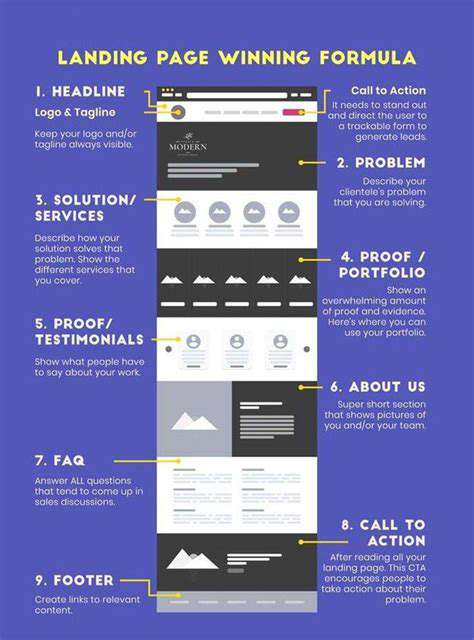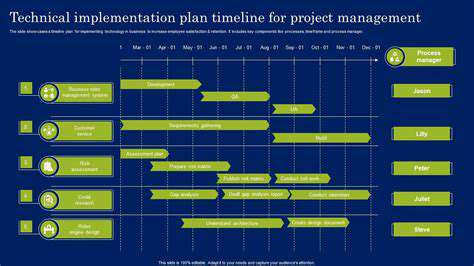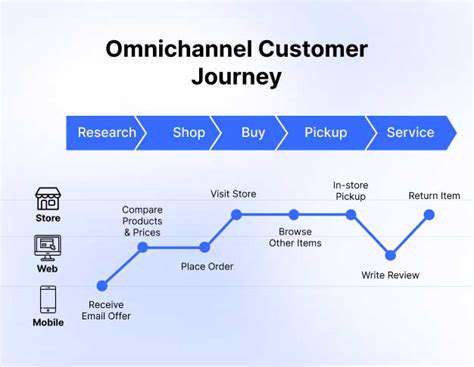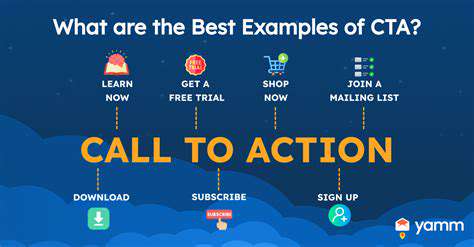Programmatic Advertising: What It Is and How It Works
Types of Programmatic Advertising Formats
Display Ads
Display ads are a fundamental element of programmatic advertising, leveraging various formats like banners, images, and videos. These visual advertisements appear across websites and apps, allowing advertisers to target specific audiences based on demographics, interests, and behaviors. The dynamic nature of programmatic display advertising enables real-time bidding, ensuring that ads are shown to the most relevant users at the optimal moment, maximizing campaign efficiency and minimizing wasted ad spend. This format is incredibly versatile, enabling a wide range of creative executions and providing a strong visual presence to capture user attention.
Programmatic display ads offer a highly targeted approach, allowing for precise audience segmentation and ensuring that the ad message reaches the intended consumers. Advertisers can measure the effectiveness of these ads through detailed metrics, gaining valuable insights into campaign performance and user engagement.
Video Ads
Video ads are a powerful format in programmatic advertising, capitalizing on the growing popularity of video content consumption. These ads can be integrated into various video platforms, from pre-roll and mid-roll placements to in-stream and out-stream formats. The ability to target specific video viewers based on their viewing habits and preferences allows advertisers to reach a highly engaged audience.
Programmatic video advertising enables real-time bidding, optimizing ad placements for maximum impact and ensuring that ads are shown to the most relevant viewers. The dynamic nature of this format allows for detailed tracking and measurement, providing valuable insights into campaign performance and viewer engagement.
Native Ads
Native ads seamlessly blend into the surrounding content, often resembling editorial articles or social media posts. This approach aims to enhance user experience by providing relevant and engaging content rather than interrupting the user flow with traditional banner ads. Programmatic native ads allow advertisers to target specific user interests and demographics, ensuring that their message is integrated into the content that resonates most with their target audience.
The integration of native ads within the platform's content stream enhances user engagement and improves ad relevance, leading to higher click-through rates and conversions. This format allows brands to achieve a more natural and less intrusive advertising experience for users.
Audio Ads
Audio ads are increasingly prevalent in programmatic advertising, leveraging the rise of podcasts and audio streaming services. These ads can be seamlessly integrated into the audio experience, potentially reaching users who are actively listening to their preferred content. The targeting options in programmatic audio advertising allow brands to reach specific listeners based on their interests and demographics.
Programmatic audio ads offer a unique opportunity for advertisers to connect with listeners in a targeted and engaging way, complementing other advertising formats and creating a comprehensive reach. The measurable nature of this format allows for campaign optimization and analysis.
Social Media Ads
Social media ads are a powerful tool for programmatic advertising, allowing businesses to reach specific demographics and interests on platforms like Facebook, Instagram, and Twitter. Programmatic social media advertising enables real-time bidding and targeting, ensuring that ads are shown to the most relevant users at the optimal moment. The dynamic nature of social media platforms enables a variety of ad formats, from images and videos to interactive experiences.
The ability to target specific user interests and behaviors is a key strength of programmatic social media advertising, enabling brands to connect with their ideal customers within the context of their chosen social media platforms. Detailed campaign metrics allow for optimal performance monitoring and adjustments.
Search Ads
Search ads are a vital component of programmatic advertising, appearing alongside search results on search engines. Programmatic search advertising enables real-time bidding, ensuring that ads are displayed alongside relevant search queries. The advanced targeting capabilities of this format allow advertisers to reach users actively searching for products or services related to their offerings.
The dynamic nature of search ads allows for real-time optimization and adjustment based on user behavior and search trends, maximizing campaign effectiveness. The integration of detailed metrics provides valuable insights into keyword performance and user engagement, enabling advertisers to refine their strategies and improve campaign results.
Interactive Ads
Interactive ads are a dynamic and engaging format within programmatic advertising, providing users with an experience beyond traditional static ads. These ads often feature elements like quizzes, games, or polls, drawing users into an interactive experience that promotes greater engagement. The ability to personalize the interactive experience based on user behavior enhances the user experience and brand perception.
Programmatic interactive ads offer a unique opportunity for advertisers to create memorable and engaging experiences that capture user attention. The measurable nature of this format enables data collection, analysis, and optimization to enhance overall campaign performance.
Benefits and Challenges of Programmatic Advertising

Program Benefits
One of the primary benefits of a well-structured program is its ability to provide a clear roadmap for individuals seeking professional development. A structured program offers a supportive environment where participants can learn from experienced mentors and peers, fostering a collaborative learning experience. This structured approach can lead to significant improvements in skill acquisition and knowledge retention. This is further enhanced by the focused curriculum that targets specific skills and knowledge areas relevant to career advancement.
Furthermore, a robust program often offers networking opportunities that can be crucial for career advancement. These connections can lead to mentorship, job referrals, and potential future collaborations. Participants gain access to a network of professionals who can provide guidance and support throughout their careers.
Challenges in Program Implementation
One of the most significant challenges in program implementation is ensuring that the curriculum remains relevant to the evolving needs of the job market. Keeping up with technological advancements and industry trends requires continuous adaptation and updating of the program materials to ensure that participants are equipped with the most current knowledge and skills.
Another challenge lies in maintaining participant engagement throughout the program. Maintaining motivation and enthusiasm can be difficult, especially over extended periods. Program organizers must consider various approaches to foster engagement and ensure that the program experience remains positive and stimulating for participants.
Financial Considerations
Program costs are often a major factor for many potential participants. Understanding the financial implications, including tuition fees, required materials, and potential opportunity costs, is crucial for making informed decisions. Financial aid options and scholarships can help to alleviate some of the financial burden, but it's important to carefully consider all costs before committing to a program.
The potential return on investment (ROI) from a program is another crucial financial consideration. While a program may have upfront costs, the long-term benefits, such as increased earning potential and career advancement, can significantly outweigh the initial investment. Carefully evaluating the potential ROI can help participants make informed decisions about the financial feasibility of a program.
Program Evaluation and Sustainability
Evaluating the effectiveness of a program is essential for continuous improvement and sustainability. Regular assessments of participant learning outcomes, satisfaction levels, and program impact are critical for understanding what's working and what needs adjustment. This feedback loop allows for necessary adjustments in the program structure, curriculum, and delivery methods to better meet the needs of participants and the evolving job market.
Ensuring long-term program sustainability requires careful consideration of funding models and resource allocation. Developing a sustainable funding strategy that ensures the program's longevity and enables continuous improvement is crucial for maximizing its impact and benefits to participants.
Read more about Programmatic Advertising: What It Is and How It Works
Hot Recommendations
- Personalizing Email Content with User Behavior
- Geofencing for Event Attendance Tracking
- Reputation Management on Social Media
- UGC Beyond Photos: Videos, Testimonials, and More
- The Future of Data Privacy Regulations
- Accelerated Mobile Pages (AMP) Benefits and Implementation
- The Future of CRM: AI and Voice Integration
- Google Ads Smart Bidding Strategies: Maximize Value
- Common A/B Testing Pitfalls to Avoid
- Local SEO Strategies for Small Businesses











